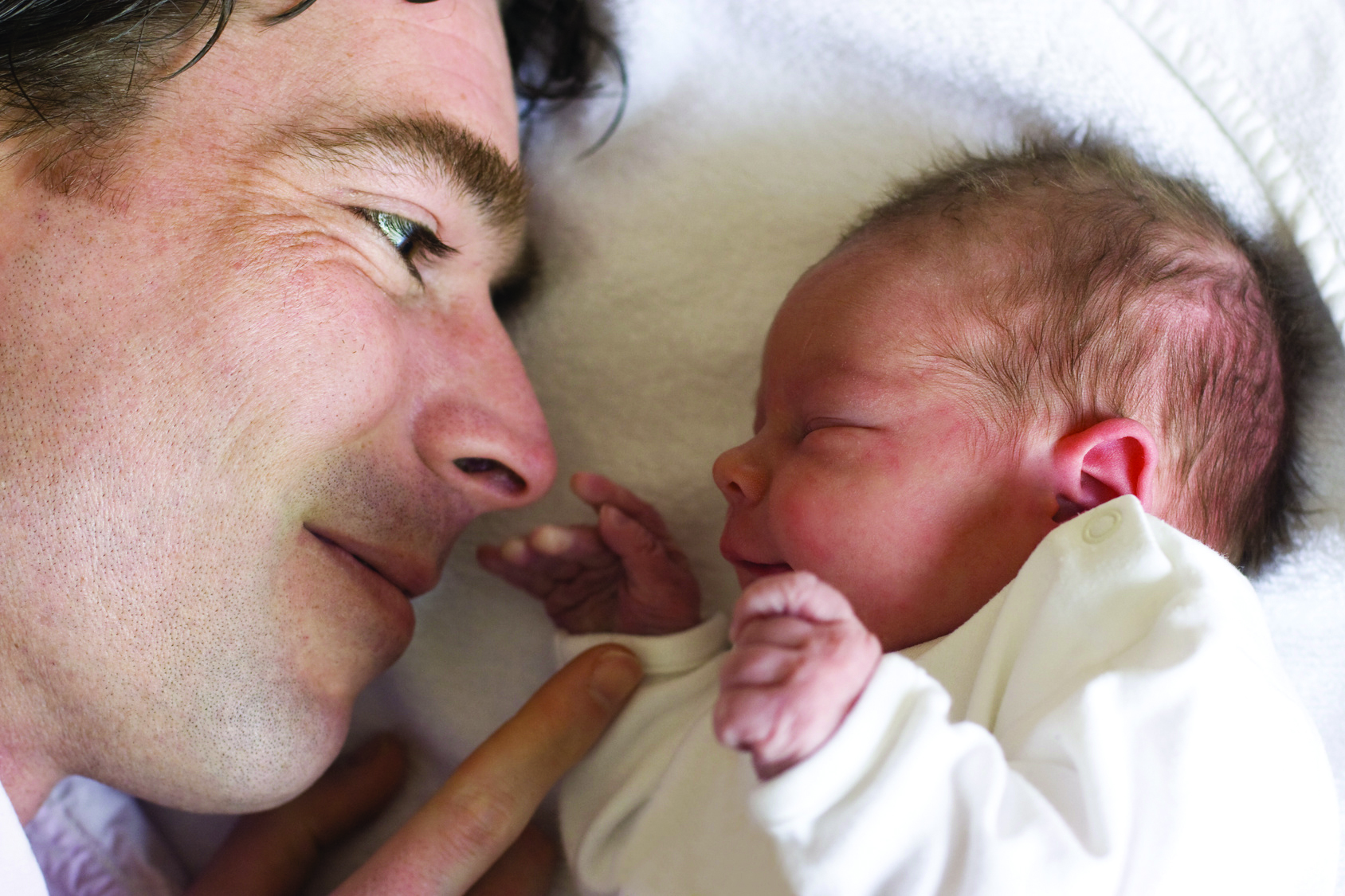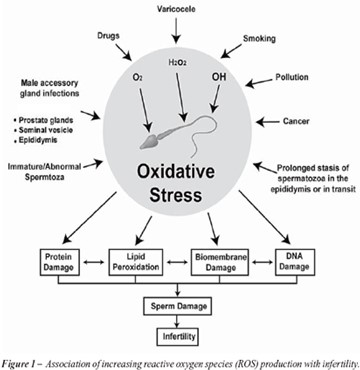Male infertility factors
In Australia, male factor infertility accounts for approximately 40% of all infertility cases presenting at IVF clinics.
Currently the standard for Semen Analysis outlined by the World Health Organization are as follows:
- Volume: more than 1 millilitre (mL)
- Count: more than 20 million sperm per mL
- Motility (ability to swim): more than 50% showing forward progressive movement
- Morphology (shape): more than 15% normal forms (i.e. no deformities of the head, midpiece or tail)
- Sperm Antibodies should affect less than 10% of sperm

Parameters in sperm health are constantly changing as the technology for laboratory analysis of semen becomes more sophisticated. A semen sample is produced via masturbation following 3 days of abstinence into a clean dry container. This test can be done at home if it is possible to deliver to a lab within the hour. The length of abstinence is important; a shorter or longer period can affect the outcome of the test.
Factors affecting male fertility
There is debate over the number of men with an extremely low sperm count with some experts believing it has tripled (from 6% to 18%) since 1925. The cause appears to be increased exposure to environmental pollutants such as PCB’s (polychlorinated biphenols), dioxin and several pesticides, many of which contain oestrogen like substances or anti-androgens.i Studies show that men who handle chemicals such as dyes, plastics and antibiotics have impaired fertility. Recreational drugs such as alcohol, cigarettes and marijuana also impair sperm count. Smokers have (13-17%) lower sperm counts and more abnormal forms. The good news is that when smoking is ceased sperm count improves between 6-12 months.ii
Heavy metals
High lead exposure interferes with the ability of the sperm to bind to the ovum and fertilise. It also impairs sperm morphology. If you are exposed to lead (e.g. painters and mechanics) then it is important to wear a face mask, ensure you are working in adequate ventilation and take a vitamin E supplement which can have a protective effect in male reproductive toxicity. The heavy metal mercury increases breaks in DNA strands and decreases the ability of the egg to bind to the ovum. Cadmium, also found in fuel is associated with a decrease in testis size and increased serum estradiol, FSH and testosterone. Other industrial chemicals found in adhesives, lubricants, paints, varnishes, paint strippers, pesticides, spot removers and carpet cleaners adversely affect the normal development of sperm.
Weight
A higher Body Mass Index is associated with an increased risk of infertility. Excessive weight in men is linked with altered testosterone, higher estradiol, poor semen quality and infertility.iii Compared to couples with a healthy BMI (less than 27), obese couples are three times more likely to take more than a year to achieve a pregnancy.
Oxidative stress and male fertility
Reactive oxygen species (ROS) are highly reactive and damaging molecules occurring in the body as a by-product of normal oxygen metabolism. ROS are increased by environmental pollutants, radiation and cigarette smoking. Antioxidants play a key role in combating these free radicals and provide protection of cells against oxidative damage. Oxidative stress occurs when the production of ROS exceeds the bodies own natural antioxidant defences, resulting in cellular damage. Oxidative stress is detrimental to sperm function and a significant factor in male infertility. Approximately half of all infertile men have oxidative damage. This involves damage to sperm membrane, impairing motility and its ability to fuse with the oocyte (egg), and DNA fragmentation at both nuclear and mitochondrial levels.iv DNA damage can be passed on at conception.v The plasma membranes of sperm have high amounts of unsaturated fatty acids, which are particularly vulnerable to free radical attack.vi.

Antioxidants and fertility outcomes
Studies have shown that taking adequate antioxidant supplementation including Vitamin C, E, A and Betacarotene significantly improves pregnancy rates in couples undergoing ART, particularly in the success of ICSI in men with sperm DNA damage.vii Men who eat antioxidant-rich food or antioxidant supplements show high levels of sperm DNA fragmentation or lipid peroxidation, which could result in an improvement in gestational outcomes in couples with history of recurrent embryo losses.viii
Resources
| i | Colborn T, Myers JP, Dumanoski D 1996 “Our stolen future. Little, Brown and Company, London, p70.” |
| ii | Vine MF 1994 Fertility and Sterility 61:35-43 |
| iii | Ruby HN, Nguyen, 1,4, Allen J et at. “Body mass index and fertility”, Human Reproduction Vol.22, No.9 pp. 2488-2493, 2007 |
| iv | Agarwal A, Makker K, Sharma R. “Clinical relevance of oxidative stress in male factor infertility: an update”; American Journal of Reproductive Immunology” 2008 Jan;59(1):2-11 |
| v | Kelton Tremellen “Oxidative Stress and Male Infertility-A Clinical Perspective.” Human Reproduction Update, Vol 14 No.3pp 243-258 2008. |
| vi | Jones R & Mann T (1973) Lipid Peroxidation in Spermatazoa. Proc R Soc Lond B Biol Sci 184, 103-107 |
| vii | Greco E, Romano S, ICSI in cases of sperm DNA damage: beneficial effect of oral antioxidant treatment. ICSI in cases of sperm DNA damage: beneficial effect of oral antioxidant treatment. Human Reproductive Technology; 2005 Sep;20(9):2590-4 |
| viii | O’Neill C (1998) Endogenous Folic acid is essential for the normal development of preimplantation embryos. Hum Reprod 13, 1312-1316 |